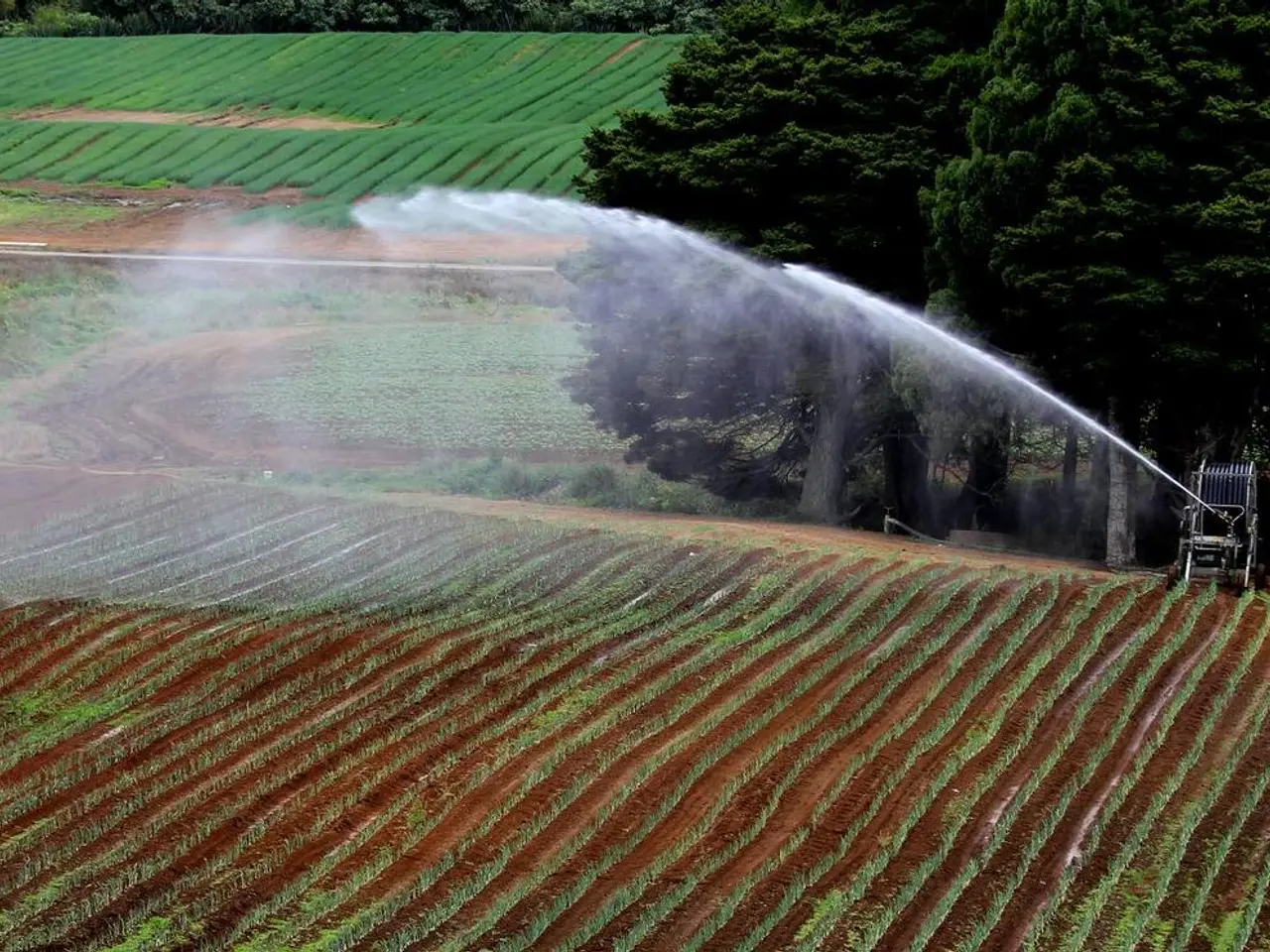Nurturing Imaginations: A Step-by-Step Introduction to Greenhouse Agriculture
In the heart of India, the agricultural landscape is undergoing a significant transformation. Greenhouse farming, also known as polyhouse farming, is emerging as a sustainable and profitable solution to the challenges faced by traditional open-field cultivation.
Greenhouse farming offers several advantages compared to open-field cultivation. For instance, the controlled environment within greenhouses allows for year-round cultivation, enabling multiple crop cycles regardless of seasonal variations. This consistency leads to higher crop yields and quality, making greenhouse produce more attractive to both domestic and international markets.
Moreover, greenhouses provide protection from extreme weather, pests, and diseases, reducing the need for pesticides and fostering a healthier environment. The efficient use of water and fertilizers, achieved through drip irrigation and fertigation, also contributes to resource conservation and cost savings.
The benefits of greenhouse farming extend to water conservation as well. By controlling irrigation precisely, greenhouses minimize water use compared to open-field irrigation, which can be less efficient. This water conservation is particularly important in a country like India, where water scarcity is a pressing issue.
However, greenhouse farming is not without its initial investment and technological requirements. Financial planning is crucial to estimate the costs and explore potential government subsidies and loans for greenhouse farming projects. Choosing a well-drained, fertile land with ample sunlight exposure is also essential for successful greenhouse farming.
In urban areas like Chennai, vertical greenhouse farming is gaining popularity due to the scarcity of land. Integrated Pest Management (IPM) practices should be implemented to ensure sustainable production and minimize the use of chemical pesticides. Soil within greenhouses should have an appropriate pH level and nutrient content for the chosen crops.
For those venturing into greenhouse farming, training programs offered by government agricultural institutes or private companies can provide in-depth knowledge about greenhouse farming techniques specific to the Indian context. Companies like Getfarms offer services such as greenhouse structure design and construction, greenhouse equipment supply, technical support, and more.
As the Indian greenhouse industry continues to evolve, technological advancements are playing a significant role. Automated greenhouses that utilize sensors and automation systems for precise environmental control are becoming increasingly common.
Greenhouse farming not only offers benefits such as climate control, increased yield, water conservation, and year-round cultivation but also contributes to a more secure and productive food system. Developing a strong marketing strategy is essential to reach target customers for greenhouse produce.
In conclusion, greenhouse farming in India offers significant advantages for stable, high-quality, and efficient production compared to traditional open-field cultivation. As the nation continues to grapple with climate variability and population growth, greenhouse farming presents a promising solution for modern Indian agriculture.








